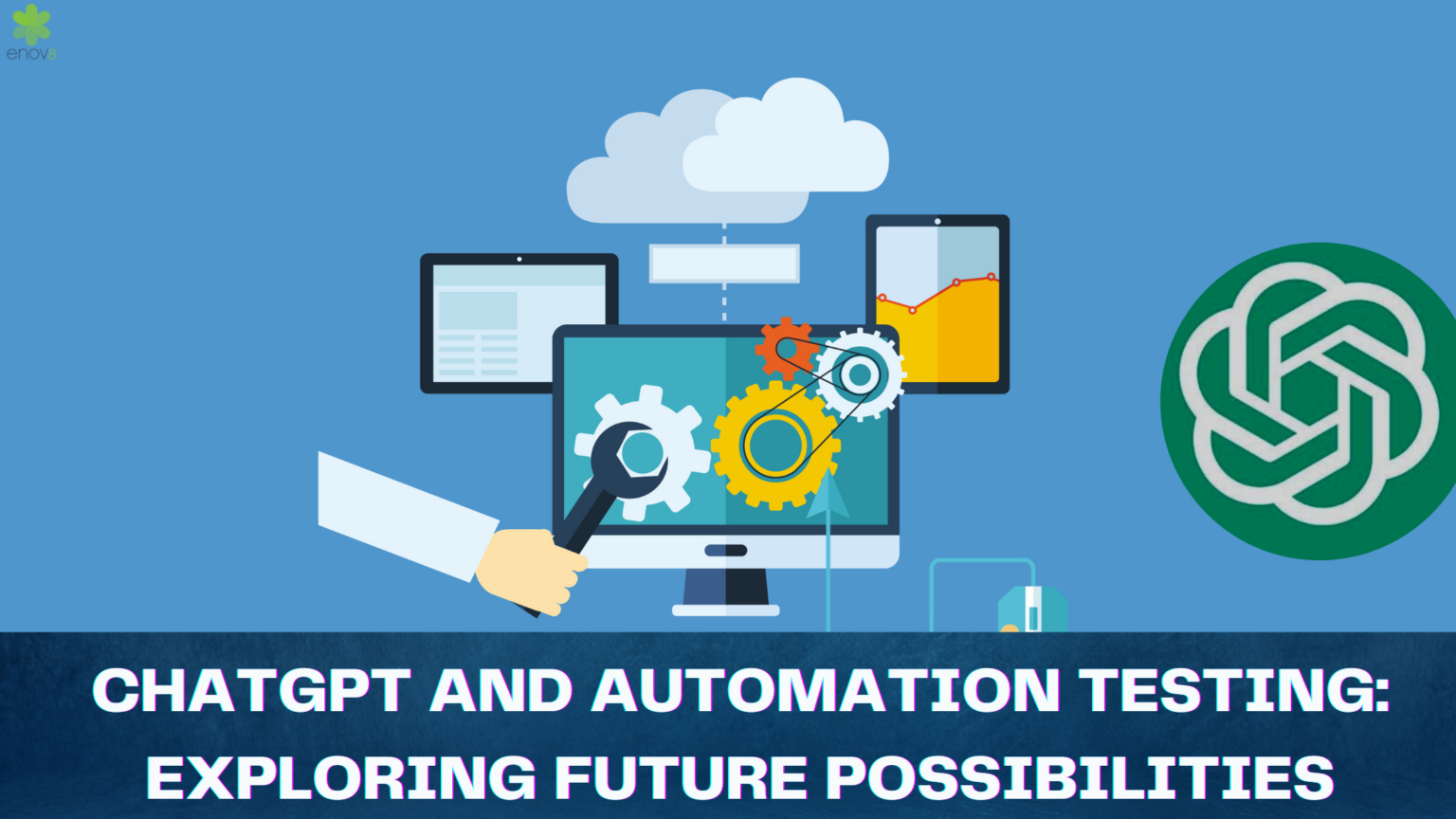
ChatGPT and automation testing: Exploring future possibilities
Test automation ensures quality and efficiency in today’s fast-paced software development world. But with complex systems and ever-evolving technology, test automation can be a challenging task.
That’s where ChatGPT comes in – a revolutionary tool that can potentially transform how we approach test data automation.
In this blog, we’ll explore the exciting world of ChatGPT and how it’s changing the automated testing scenario. Imagine creating automated test scripts that can understand natural language and generate human-like responses! That’s the power of ChatGPT.
What is ChatGPT?
ChatGPT is a large-scale, generative language model created by OpenAI. This AI platform is capable of generating human-like responses to natural language queries. It uses a deep neural network architecture and has been extensively trained on a massive dataset of diverse text sources, including books, articles, and websites.
The “GPT” in ChatGPT stands for “Generative Pre-trained Transformer,” which refers to the model’s ability to generate text based on patterns it has learned from the training data. It’s an advanced form of machine learning that can generate coherent responses to text prompts, making it beneficial for a wide range of applications, including natural language processing, chatbots, and question-answering systems.
ChatGPT is unique in its ability to generate text almost indistinguishable from that written by humans, making it a valuable tool for various industries, including customer service, content creation, and even software development.
When this potential is combined with test data management tools, you can expect to create exceptional and high-performing software solutions.
Application of ChatGPT in coding
ChatGPT can be used in coding in a variety of ways, including:
- Code Completion: ChatGPT can be trained on a dataset of code snippets and used to autocomplete code based on the context of the current code. This can save developers time and reduce errors.
- Code Generation: ChatGPT can generate code based on natural language prompts. This can be useful for generating boilerplate code, creating simple scripts, and exploring new code structures.
- Code Refactoring: ChatGPT can analyse existing code and provide suggestions for refactoring. This can help improve code quality, reduce technical debt, and make code more maintainable.
- Documentation: ChatGPT can generate documentation for code based on natural language prompts. This can help developers, and stakeholders better understand code and its intended functionality.
- Bug Prediction: ChatGPT can be trained on a code dataset and its corresponding bug reports to predict potential bugs in new code. This can help developers identify and fix bugs early in the development process. This can be an indispensable functionality for automated testing.
- Code Review: ChatGPT can automate code reviews by analysing code and providing feedback on its quality, readability, and maintainability.
- Code Optimisation: ChatGPT can analyse code and provide suggestions for optimisation, such as reducing memory usage or improving runtime performance.
How can ChatGPT reshape the future of testing automation?
Test Case Creation
ChatGPT can generate test cases in testing automation based on natural language prompts. This can be useful for creating new test cases or adding to existing ones.
For example, a natural language prompt like “Test that the login page displays an error message when an incorrect password is entered” can be used to generate a test case that verifies this behaviour. This can save time and reduce errors by automating the creation of test cases.
Test Result Analysis
ChatGPT can analyse test results and provide feedback on test quality. For example, it can identify areas where tests are failing or suggest improvements to test coverage.
This can be particularly helpful when dealing with large test suites that require frequent maintenance. Remember to invest in quality test data management tools.
Test Data Generation
ChatGPT can generate test data based on natural language prompts, helping to create more diverse and comprehensive test scenarios.
For example, a natural language prompt like “Generate test data for a user with an invalid email address” can be used to generate test data for that scenario.
Test Planning
ChatGPT can analyse requirements and generate test plans based on natural language input. For example, it can create a test plan that covers all necessary scenarios and requirements based on a set of natural language requirements. This can help ensure that testing covers all the required scenarios and requirements.
Test Execution
ChatGPT can execute automated tests and provide feedback on test results, including identifying areas where tests are failing or providing suggestions for improving test coverage. This can be useful when dealing with large test suites that require regular execution.
Downsides of ChatGPT in automation testing
While ChatGPT can be an impeccably useful tool for automated testing, it has some potential downsides. Here are a few to consider:
Limited Domain Knowledge
ChatGPT is a general-purpose language model, so it may not have deep domain knowledge of specific industries or applications. This means that it may not be able to understand certain technical terms or nuances specific to a particular domain, which could impact its ability to generate accurate test cases or provide helpful feedback.
Risk of False Positives/Negatives
As with any automated testing tool, there is a risk of false positives or negatives when using ChatGPT. This means it may identify a test case as failing when it works correctly or vice versa. This can be particularly challenging to address in cases where ChatGPT’s output is not easily understandable or verifiable.
Limited Customisation
ChatGPT is a pre-built language model, so it may not be able to fully accommodate the specific needs or requirements of a particular testing scenario. This could sometimes limit its usefulness and require additional customisation or integration with other testing tools or processes.
Wrapping Up
By understanding these factors and leveraging ChatGPT appropriately, testers can master test automation and unlock new levels of productivity and accuracy in their testing processes.







